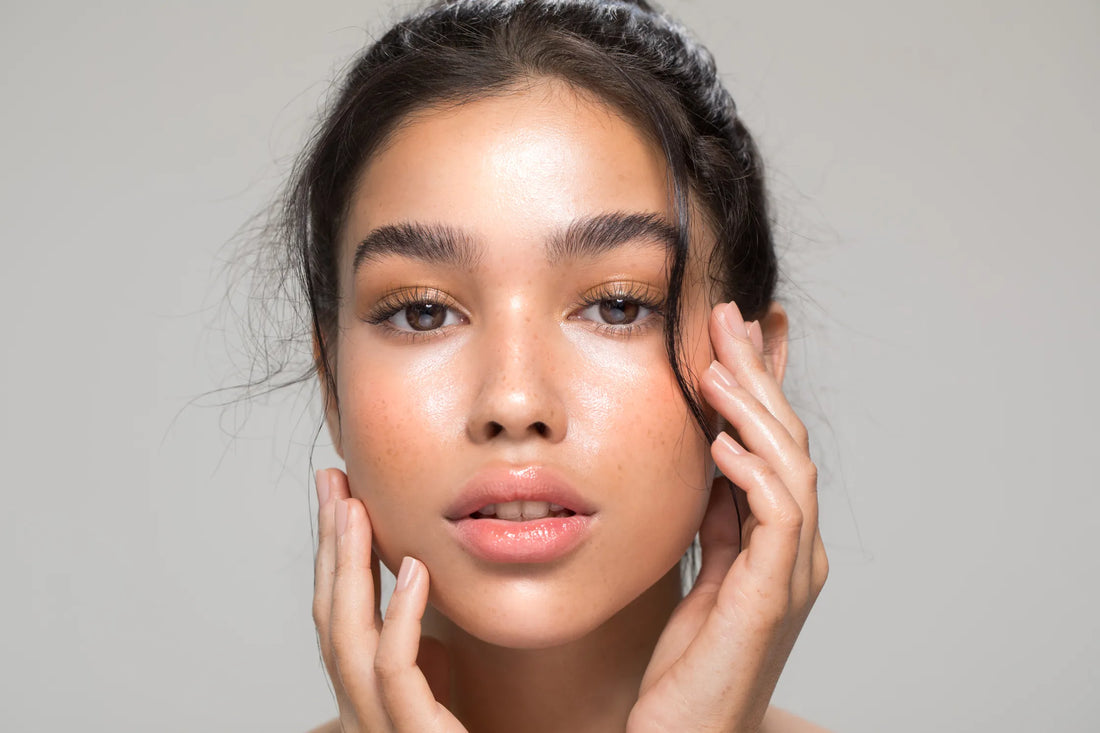
How To Reduce Face Puffiness
Waking up with a puffy face can be frustrating, especially when it makes you look tired or bloated. While occasional puffiness is normal, persistent swelling can be a sign of underlying lifestyle factors like diet, hydration, sleep, and even how you care for your skin. Fortunately, there are simple and effective ways to reduce facial puffiness naturally and maintain a more sculpted, refreshed look.
Understanding the causes of puffiness can help you make the right changes to reduce swelling and achieve a more defined facial appearance. Let’s explore the common reasons behind facial bloating and the best natural strategies to keep your skin looking fresh and toned.
What Causes Face Puffiness?
Facial puffiness can result from multiple factors, including fluid retention, sleep habits, inflammation, and external conditions. Identifying the root cause allows you to take targeted steps to prevent and reduce swelling effectively.
Water Retention and Dehydration
One of the most common reasons for facial puffiness is water retention. A high-sodium diet, alcohol consumption, or not drinking enough water can cause the body to hold onto excess fluids, leading to swelling, particularly around the cheeks and eyes.
Staying hydrated is key to flushing out excess sodium and toxins that contribute to puffiness. Drinking plenty of water and eating potassium-rich foods like bananas, avocados, and spinach can help balance fluid levels in the body.
Lack of Sleep
Not getting enough sleep can cause poor circulation, leading to fluid buildup in the face, especially around the eyes. Sleep deprivation can also increase cortisol levels, which contributes to inflammation and bloating.
To reduce morning puffiness, aim for 7-9 hours of quality sleep each night. Sleeping with your head slightly elevated can also help prevent fluid from pooling in your face overnight.
Diet and Inflammation
Certain foods can contribute to inflammation and puffiness. Processed foods, refined sugars, dairy, and excessive caffeine can lead to bloating, making your face appear swollen.
Instead, focus on anti-inflammatory foods such as berries, leafy greens, turmeric, and omega-3-rich foods like salmon and walnuts. These foods help reduce inflammation and promote a more balanced complexion.
Allergies and Sinus Congestion
Seasonal allergies and sinus congestion can cause swelling in the face, particularly around the eyes and nose. Allergic reactions trigger fluid buildup and inflammation, making your face appear puffier than usual.
Managing allergies with antihistamines, nasal rinses, or steam inhalation can help reduce facial swelling caused by congestion.
Skin Care Habits
The way you treat your skin can also impact puffiness. Rubbing your face too hard while cleansing, using harsh skincare products, or failing to remove makeup before bed can lead to irritation and swelling.
Adopting a gentle skincare routine with hydrating products can help soothe the skin and prevent unnecessary puffiness. Cooling treatments like chilled jade rollers or ice packs can also help constrict blood vessels and reduce swelling quickly.
Best Ways to Reduce Face Puffiness Naturally
Lymphatic Drainage Massage
Facial massage techniques, such as lymphatic drainage, can help reduce puffiness by encouraging fluid movement and improving circulation. Using gentle, upward motions with your fingers or a gua sha tool can help depuff the face and sculpt your features over time.
Cold Therapy
Applying something cold to the skin constricts blood vessels, reducing swelling and redness. Ice cubes wrapped in a soft cloth, cold spoons, or chilled facial rollers can all provide quick relief from puffiness.
Exercise and Movement
Regular physical activity boosts circulation and promotes lymphatic drainage, which helps reduce fluid retention in the face. Activities like yoga, stretching, and even brisk walking can improve blood flow and minimize bloating.
Hydrating Skincare Products
Using skincare products that contain hydrating ingredients like hyaluronic acid, aloe vera, and cucumber extract can help plump and soothe the skin. Eye creams with caffeine or green tea extract can be particularly effective at reducing puffiness around the eyes.
Limit Alcohol and Caffeine
Alcohol and excessive caffeine can dehydrate the body, causing fluid retention and puffiness. Cutting back on these drinks and replacing them with herbal teas or infused water can help maintain hydration and reduce swelling.
Get More Sleep
Prioritizing restful sleep helps your body repair itself and prevents fluid buildup. Establishing a consistent bedtime routine and reducing screen time before bed can improve sleep quality and reduce morning puffiness.
The Bottom Line
Facial puffiness is often caused by fluid retention, lack of sleep, diet, and inflammation. Making small lifestyle changes—such as staying hydrated, getting enough rest, and adopting a gentle skincare routine—can help reduce swelling and promote a more sculpted, refreshed look.
For an added boost in reducing puffiness and sculpting your facial contours, the DermaWell 3-in-1 LED Facial Sculptor combines microcurrent technology, lymphatic drainage massage, and LED light therapy to naturally enhance circulation and reduce swelling. By incorporating this tool into your routine, you can enjoy a lifted, more defined appearance—all from the comfort of your home.
References:
1. WebMD – Quick Home Remedies for Puffy Face and Body
This article provides various home remedies to reduce facial puffiness, including dietary changes and lifestyle modifications.
2. Vogue – Can You Depuff Your Face With Rubber Bands? A Deeper Look Into This K-Beauty Trend
This article explores a viral K-Beauty trend and expert opinions on reducing facial swelling.
3. Pulse Light Clinic – Facial Yoga: A Natural Alternative for Tighter, Youthful Skin
Discusses how facial yoga can help reduce puffiness and promote youthful skin.
4. Clarins – 14 Facial Exercises To Tighten Skin & Reduce Fine Lines
Offers facial exercises aimed at reducing puffiness and improving skin elasticity.
